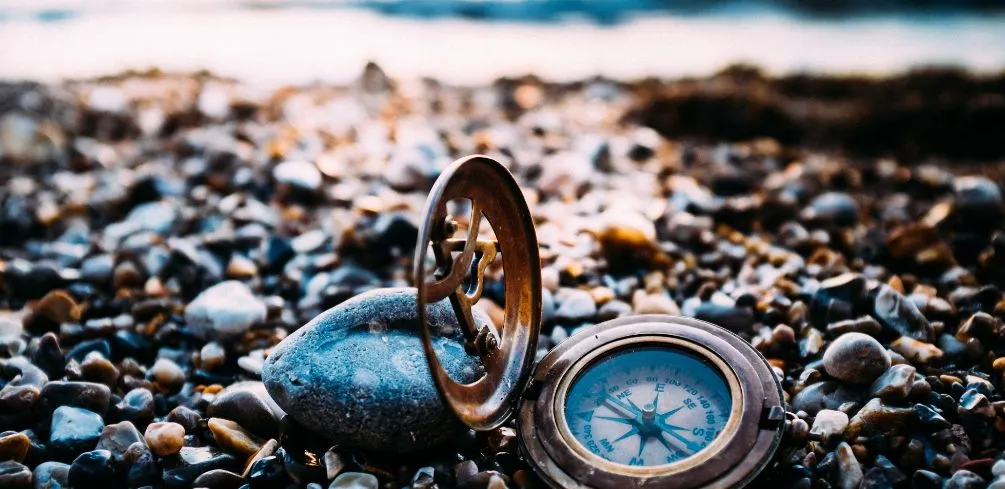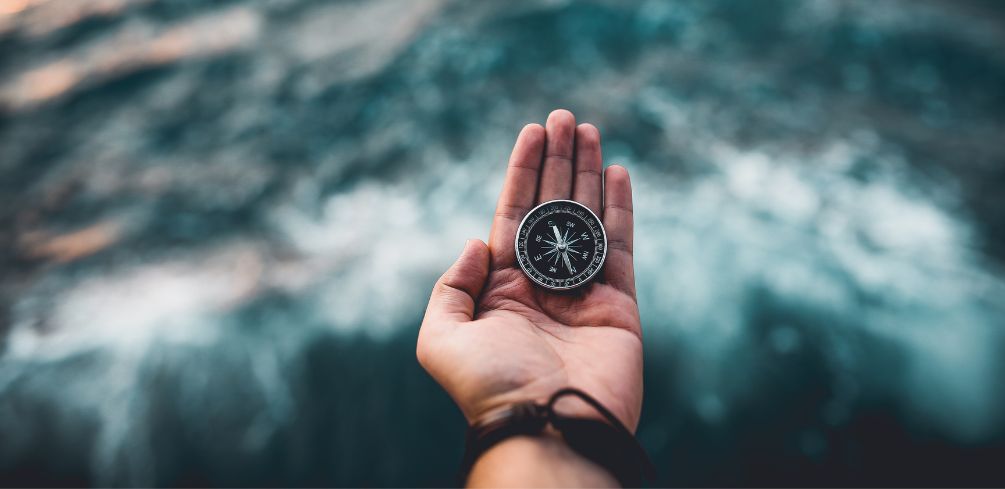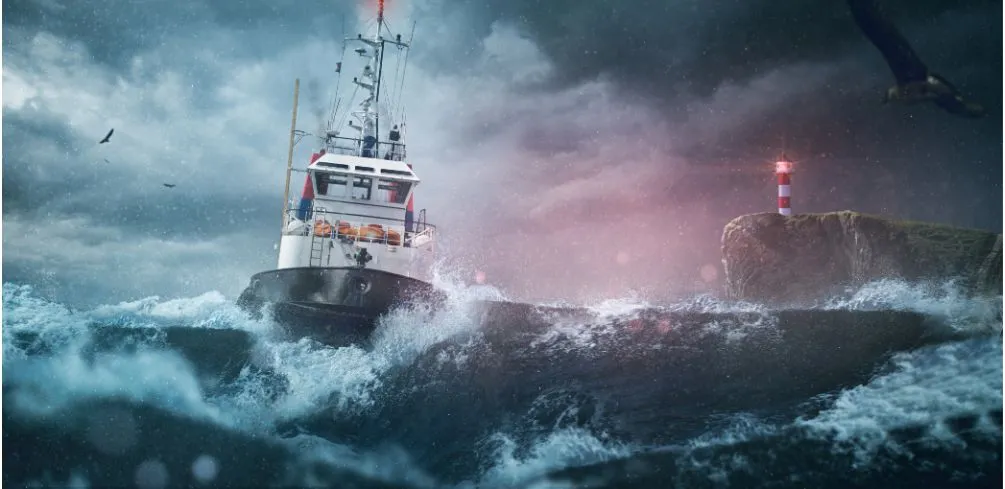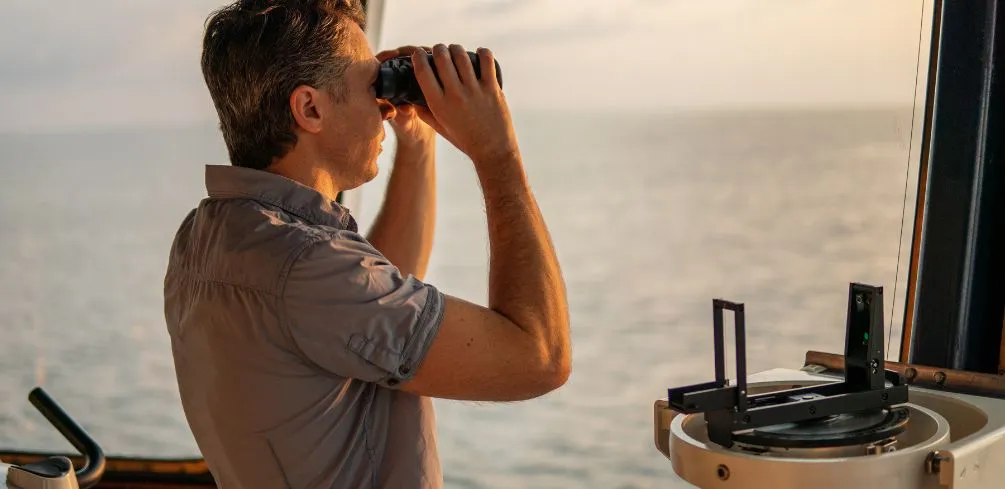Navigating the ocean can be a thrilling experience, but it’s also important to stay safe while doing so. It’s critical to understand the risks and hazards associated with being in the open sea, as well as how to avoid them. Fortunately, there are some simple tips that you can use for safe navigation in the ocean.
In this article, I’ll share my top tips for navigating safely in the open sea. These tips have been collected over years of sailing and will help to ensure that your journey is both safe and enjoyable. From understanding weather conditions to knowing when to call for help, these tips will prove invaluable on your next ocean voyage.
No matter if you’re an experienced sailor or just beginning your journey into maritime exploration, these simple tips will give you peace of mind while out on the ocean – allowing you to enjoy your time at sea without worry. Read on and discover my essential guidelines for safe navigation in the ocean!
Essential Equipment for Navigating the Ocean
Navigating the ocean safely is paramount for any seafarer. To do this, there are essential pieces of equipment that must be taken on board: a GPS navigation system, a marine radio, life jackets, flares, and a waterproof bag.
Firstly, it is important to have a working GPS navigation system on board. It will enable you to plot your course and ensure that you stay on track throughout your voyage. Additionally, it can also provide real-time updates on weather conditions as well as track vessels in your immediate vicinity.
Secondly, having a marine radio is essential for any seafarer to stay connected with other vessels nearby and receive up-to-date weather forecasts. Furthermore, if an emergency were to arise, having a functioning marine radio would be key in contacting the local coast guard or other rescue services.
Finally, safety gear such as life jackets, flares, and a waterproof bag should all be kept onboard in case of an emergency situation. Life jackets can help keep someone afloat when they are in trouble, and flares can be used to signal for help from other boats or shoreside personnel. A waterproof bag will also come in handy if you have to abandon the ship, providing protection for items needed for survival, such as food, water, and clothing.
In summary, then: having the right tools on board is fundamental for safe navigation across the ocean. Investing in these items of equipment will give you peace of mind when embarking upon a journey at sea!
Preparation And Planning
Before setting sail, it’s essential to prepare thoroughly for a safe voyage. I recommend taking the following steps to ensure you stay safe on the open seas:
Boat Safety:
- Ensure your boat is in good condition and all safety gear is functioning properly.
- Check navigation charts for water depths, hazards, and other important information.
Voyage Planning:
- Create a voyage plan outlining your intended route, activity stops, rest stops, and estimated time of arrival.
- Monitor weather forecasts before and during your trip, as storms can quickly arise without warning.
By taking the necessary preparation steps beforehand, I’m sure you’ll be able to navigate safely in the ocean and have an enjoyable adventure!
Weather Conditions
Navigating the open ocean can be unpredictable and dangerous. It is important to understand weather patterns, sea conditions, and storm warnings before venturing out in order to stay safe. Being aware of wind patterns can help you determine which direction the waves are coming from and how strong they might be.
Pay attention to temperature changes as well, as they can affect a variety of factors, such as wind speed and cloud cover. It is also important to be aware of wave height, as this could mean the difference between a safe journey or getting into trouble.
All of these elements combine to create a complex web of conditions that must be taken into consideration when planning a voyage on the open sea. By being aware of all the potential variables and preparing accordingly, you will increase your chances for a safe journey.
Understanding Ocean Currents
Navigating the ocean is like a roller coaster ride. Just as a roller coaster requires knowledge of its track and speed, ocean navigation requires an understanding of ocean currents. The direction and strength of these currents can have a major impact on the safety of your voyage.
The first step to safe navigation is to get familiar with the current direction of the area you’ll be sailing in. Knowing this information will help you plan your route and make sure you’re traveling in the right direction. It’s also important to know the strength of the current, as it can affect how quickly you reach your destination or how long it takes for you to complete a task.
Finally, it’s also important to consider any other hazards that may be present when navigating using ocean currents. These could include storms, shoals, rocks, or wildlife that could potentially cause damage or delay your journey. By taking into account all these factors before sailing out into open water, you can ensure that your voyage is both safe and enjoyable.
Responding To Emergencies
Now that we understand ocean currents, it’s important to know how to respond to an emergency. Being prepared for a maritime rescue situation is key to keeping safe while navigating the ocean. There are several precautions you should take before setting sail.
First, make sure you have an emergency plan in place and stick to it. This could include carrying a sea survival kit onboard with items such as a life raft, food rations, flares, and first-aid supplies. Additionally, have a communication system ready so you can contact maritime authorities in case of an emergency. Knowing your location on the water is also important; be sure to equip your vessel with navigational aids like GPS and marine radar so you can determine your exact coordinates if needed.
Finally, it’s a good idea to take a few courses on emergency response and maritime safety before heading out on the water. In addition to being familiar with the basics of ocean navigation, these classes will help prepare you for any unexpected situations that may arise during your voyage. With some preparation and planning ahead of time, you’ll be able to greatly reduce the risks associated with sailing the open seas.
Frequently Asked Questions
What Is The Minimum Number Of People Required To Safely Navigate In The Ocean?
As the old adage goes, it takes a village to raise a child. This also applies when it comes to navigating in the ocean safely. How many people are required for a safe journey in the ocean? To answer this question, there are several factors that need to be taken into consideration.
The minimum number of people needed to safely navigate in the ocean depends on the type of voyage, the size of the vessel, and navigation hazards that may be encountered along the route. For example, if you are taking a short trip on an open boat with no navigation hazards, then one person is enough.
However, if you’re embarking on an extended voyage with several navigation hazards present, then at least two or three people would be better able to manage the potential risks involved. Additionally, larger vessels will typically require more than one person for their navigational needs due to their increased complexity and size.
Furthermore, having additional people onboard can provide extra safety measures such as providing lookout duties or helping with steering and maneuvering the boat if necessary. It’s also important to note that having more experienced crew members onboard can help ensure that each task is completed accurately and efficiently, which can reduce risks associated with navigating hazardous waters.
Furthermore, having a trained captain onboard can help ensure that all safety protocols are followed during any voyage for maximum protection against potential dangers.
No matter what type of voyage you plan on taking in the ocean, it’s always best to have multiple people onboard in order to maximize your chances of a safe and successful trip – and ultimately come back home with great memories instead of regrets!
How Often Should Safety Checks Be Conducted?
Navigating the ocean is no easy feat. In order to ensure safety during marine navigation, it is important to conduct safety checks on a regular basis. To do this, vessel safety inspections must be carried out, and boat safety precautions should be taken. Maritime safety protocols are essential for safe ocean navigation, so how often should these checks be conducted?
The frequency of these checks will depend on the type of vessel being used and the conditions through which it is traveling. For example, if the vessel is traveling in rough waters or areas known for their hazardous weather conditions, then more frequent inspections may be necessary.
Additionally, if the vessel is used for commercial purposes, it may need to comply with specific industry regulations that require frequent extra inspections.
It is also important to consider any additional safety measures that can help protect passengers and crew members while at sea. This could include investing in quality equipment such as life jackets and fire extinguishers, as well as having a reliable communication system in place. Furthermore, keeping up to date with ocean navigation best practices can help keep everyone safe while they are out at sea.
Overall, conducting regular safety checks on vessels when navigating through the ocean is key for ensuring safe travels. The frequency of these checks should depend on various factors, including the type of vessel being used and any industry regulations that have been put forth.
Plus, taking into consideration other safety measures, such as investing in quality equipment and staying up-to-date with ocean navigation best practices, can help make sure everyone remains safe while out at sea.
How Should Communication Be Maintained While Navigating In The Ocean?
It’s easy to take communication for granted when you’re out in the open ocean. But one of the most important things to consider when navigating is how you’re going to stay in contact with other vessels and your crew. It goes without saying that communication is key to safe navigation in the ocean, but what are the best methods for maintaining it?
The truth of the matter is that there are many options available for keeping up a reliable communication stream while sailing. VHF radios are commonly used by vessels, and these can be augmented with satellite phones, emergency beacons, and maritime mobile apps.
Ocean navigation communication protocols must also be considered – for example; different international regulations might apply depending on where a vessel is located, so it’s important to make sure you’re familiar with the relevant rules before setting sail.
Finally, it’s also worth considering investing in additional devices like GPS trackers or AIS transponders. While these may not be needed all of the time, they can offer vital reassurance should anything go wrong while out on the water.
Navigation communication safety should always come first when considering a voyage at sea – choose devices and protocols that will suit your needs and keep you connected while exploring new horizons.
What Should Be Done If A Vessel Becomes Disabled While Out At Sea?
Navigating the ocean can be a dangerous endeavor, and it’s important to know what to do if your vessel becomes disabled while out at sea. Staying safe requires having an emergency response plan in place and following navigation safety protocols.
If your vessel becomes disabled, the first thing you should do is activate a distress signal to notify other vessels of your location. Depending on the type of watercraft you have, this could be done by activating an Emergency Position Indicating Radio Beacon (EPIRB) or by sending out a Mayday call through a VHF radio. Additionally, you should deploy any life-saving devices, such as life rafts or buoyant apparatus, that are available on board.
Once you’ve taken all the necessary steps to alert other vessels of your location and secure your safety, it’s important to remain calm and wait for assistance. You may also want to contact local authorities or other emergency services depending on the severity of your situation.
It’s best practice to keep in mind these key points when preparing for any potential emergencies while navigating in the ocean – have an emergency protocol in place, use navigation safety measures, deploy lifesaving devices when needed, and stay calm until help arrives.
How Can Navigation Hazards Be Identified And Avoided?
Navigation hazards can be a serious concern when out at sea. To ensure safety and successful navigation, it is important to understand how to identify and avoid these hazards. There are several techniques to help identify navigation hazards in the ocean and stay safe while navigating.
One of the most important steps in avoiding navigation hazards is chart plotting. By plotting a course on a nautical chart, you can easily identify potential obstacles such as reefs, rocks, or any other obstructions that may be present in the area. Additionally, familiarizing yourself with the local ocean currents, weather conditions, and other sea conditions will help you plan your route more effectively and avoid dangerous areas.
Finally, having a reliable GPS system on board can also be beneficial when navigating unfamiliar waters. A GPS system can provide accurate information about your location so that you don’t end up in an unexpected or hazardous area.
With all these avoidance techniques combined, you can remain safe while sailing through unfamiliar waters and have peace of mind knowing that you are prepared for any potential navigation hazards.
Conclusion
Navigating the ocean can be a thrilling experience, but it is important to remain safety conscious. With the proper preparation and knowledge, you can enjoy your journey with peace of mind.
Before heading out, always make sure to have at least two people on board for safe navigation. Frequent safety checks should be conducted, and communication between crew members should be maintained so everyone is aware of their surroundings.
In the unlikely event that your vessel becomes disabled, do not panic; stay calm and take the necessary steps to get back to safety as quickly as possible. Be sure to identify and avoid any potential navigation hazards that could put you in harm’s way.
By following these tips and using common sense while navigating in the ocean, you can ensure a safe voyage. Remember: safety first!





